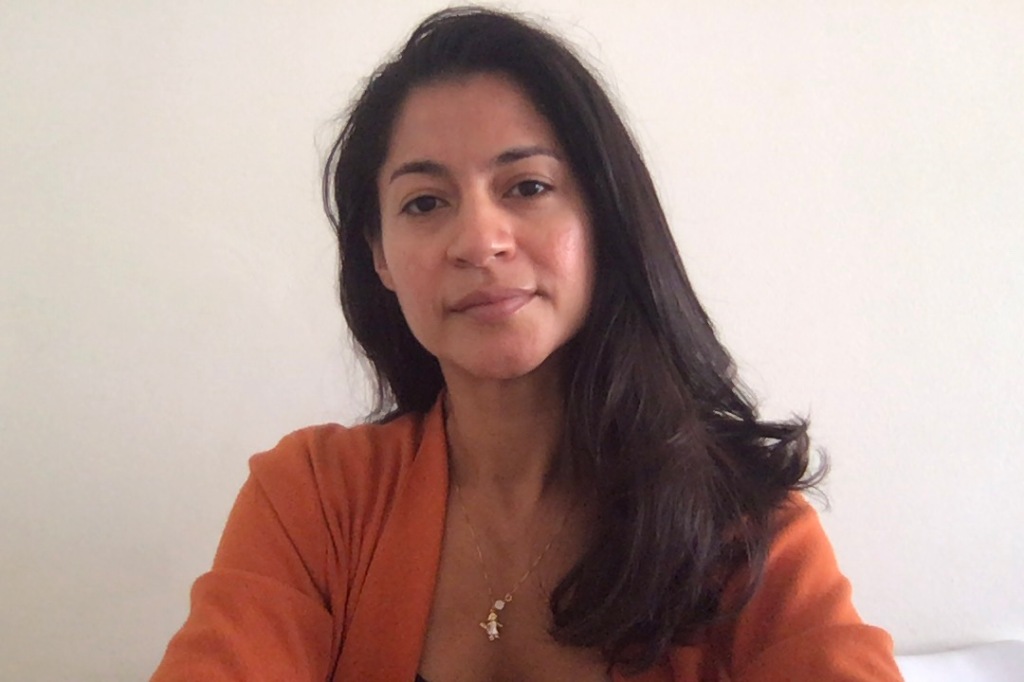Institutional change For an anti-racist school
October 28, 2020 at 11:12 am Leave a comment
Anti-racist educators struggle with their beliefs, mentalities, philosophies and prejudices about the world, education and their students. When I was invited by a public school in Brazil to help them plan an anti-racist strategy, I felt that I could not deny my voice, as Paulo Freire would say. Despite this, I felt insecure. I am not a researcher on racial issues and I have been away from Brazil’s racial reality for 15 years. In addition, a question hung around my mind. A question that may speak of the racism that exists within me, but I have to say, I formulate it with sincerity:
Am I black enough to do this job?

If I had been born in the United States, there would be no doubt. I’m black. In the Brazilian contexts, where I was born, and in Spain, where I currently live, when I identify myself as black, people look at me with a half smile, almost forgiving my innocence. When I read the reports of so many black people who suffer micro and macro aggression for their racial condition in the #blacklivesmatter movement, I thought that maybe I wasn’t really that black. These heartbreaking, moving accounts I read on Twitter made me reflect on my own history. Aside from some anecdote, I don’t have any moving reports of racism to share. For all these reasons, when this school invited me to help its team to reflect on racism and perhaps start an anti-racist work, I was afraid, but I also felt challenged to do something. Could I just say, “No, thanks” and sleep softly? I couldn’t.
This is the context for elaborating the conversation to open the “Pandora’s Box” at a public school in Belo Horizonte, Brazil. The whole conversation was based on questions. The team answered the questions and we all analyzed the results shared anonymously by the group. For me it was very important to help understand that the work for an anti-racist education begins within each one of us. The first question was “Am I racist?” 57% of the group answered that they were not, they were not racists. But 100% of the group believed that Brazil is not that racial democracy that they spread and 97% of the group knew racist people. In the conversation, we began to realize that we are under the illusion that racism is something out there, a problem of the others. But it’s not like that.
When it came time to share situations in which racism is expressed in each of us, things like this came out:
“I would like my hair to be straight.”
“I am not attracted to black men.”
“I’m dating a black man and I’m afraid of my family’s reaction.”
We also realize that racism is present at the school. A teacher recalled that when parties are organized where students dance in couples, black children are always the last to get a pair. It was a frank conversation. A black teacher, a master’s student in African History, reported her struggle at school. She explained that she felt alone in the anti-racist struggle, as if this were a theme for her, cause she was black, but not something that everyone should face together.
I feel moved remembering this conversation and that’s why I had to share it here. I was certainly not the best person to talk about racism, but I left the staff at that school organizing study groups on anti-racism and preparing teaching units in teams to highlight black characters in different fields of knowledge and culture.
Little by little I learn that when someone invites me to speak, they don’t just want to listen. I can’t just talk to people anymore. I need to listen to them. I cannot deny my voice, but my voice needs their voices to make sense.
Entry filed under: Uncategorized.
Trackback this post | Subscribe to the comments via RSS Feed